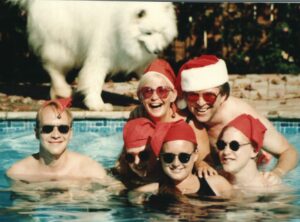An American Tune: a Memoir
An American Tune is a memoir based on my 400-page oral history recorded by The Association for Diplomatic Studies and Training Foreign Affairs Oral History Project. The title is inspired by Paul Simon’s song, “American Tune.” The verse portrays in my imagination the career of an American Foreign Service Officer. Off we rose above the Statue of Liberty to tell America’s past and promise for the future. It was our American tune. We served our country with successes and sometimes failures. And how many nights did we drop dog-tired in bed, with another exhausting new day just ahead? But it turned out all right. There was always tomorrow, another working day.
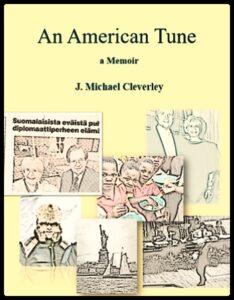 An American Tune tells my story as an American diplomat for nearly thirty years in Europe and Africa during some of the most critical conjunctures of the post-World War II decades. It tracks the depths of the East-West confrontation we call the Cold War, its end and the collapse of the Soviet Union.
An American Tune tells my story as an American diplomat for nearly thirty years in Europe and Africa during some of the most critical conjunctures of the post-World War II decades. It tracks the depths of the East-West confrontation we call the Cold War, its end and the collapse of the Soviet Union.
Few places experienced the Cold War more intensely than Finland where I served twice. During assignments In Greece and Italy, urban terrorists operated freely, nearly unchecked. I was in London when Reagan triumphally returned from Moscow after signing a missile agreement with the Soviets. I was the American embassy’s Counselor for Economic Affairs in South Africa during the tumultuous days of that country’s transition to democracy. I was there when Nelson Mandela assumed the reins of power, ending apartheid with all its atrocities. I stood outside the room where President Bill Clinton, one-on-one with Russian President Yeltsin, reached an agreement that opened the door for NATO expansion into the Baltics. I organized embassy support for the final negotiation that stopped NATO’s bombing in Serbia and brought Milosevic’s role in the Balkans to a close.
Of course, much has changed since those decades – but then maybe not so much as one might think. Certainly, Russia’s aggression and Ukraine’s turmoil undermine the security and confidence in central Europe and remind us that history runs deep and still intertwines with the present. The same might be true of today’s State Department. Years pass quickly by, but many of the same issues the Foreign Service wrestled with then – both internally and diplomatically – have not disappeared.

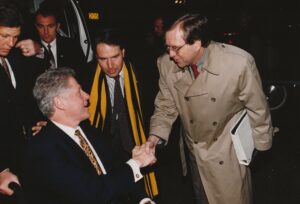
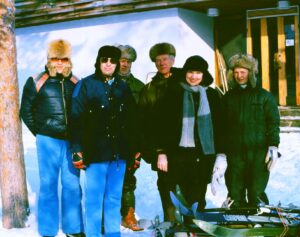
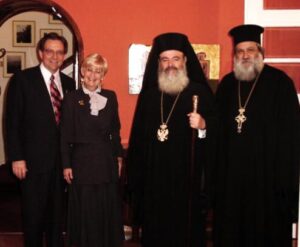 .
.




